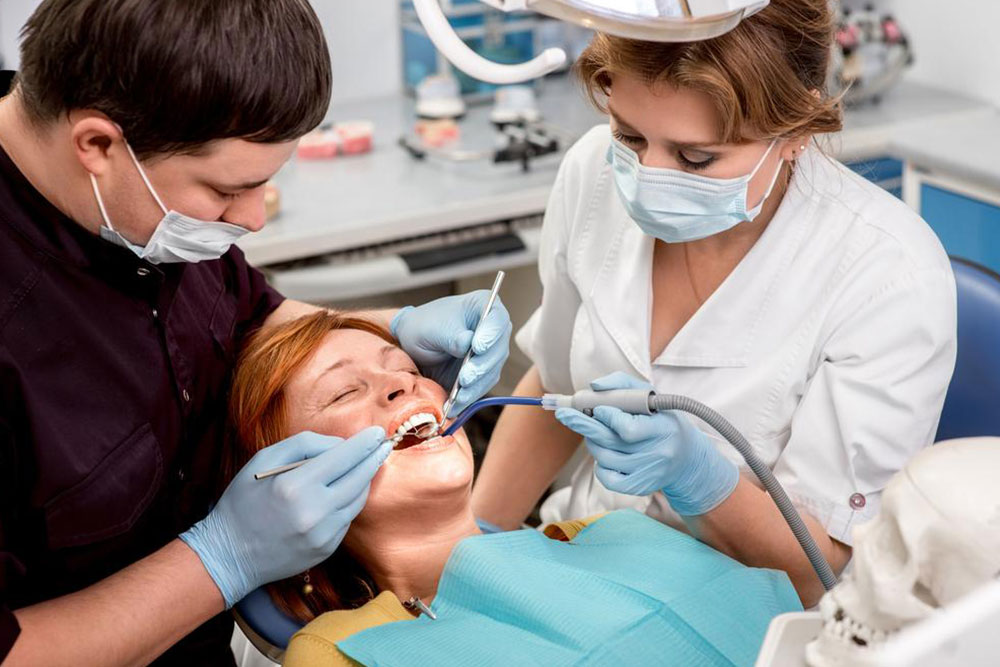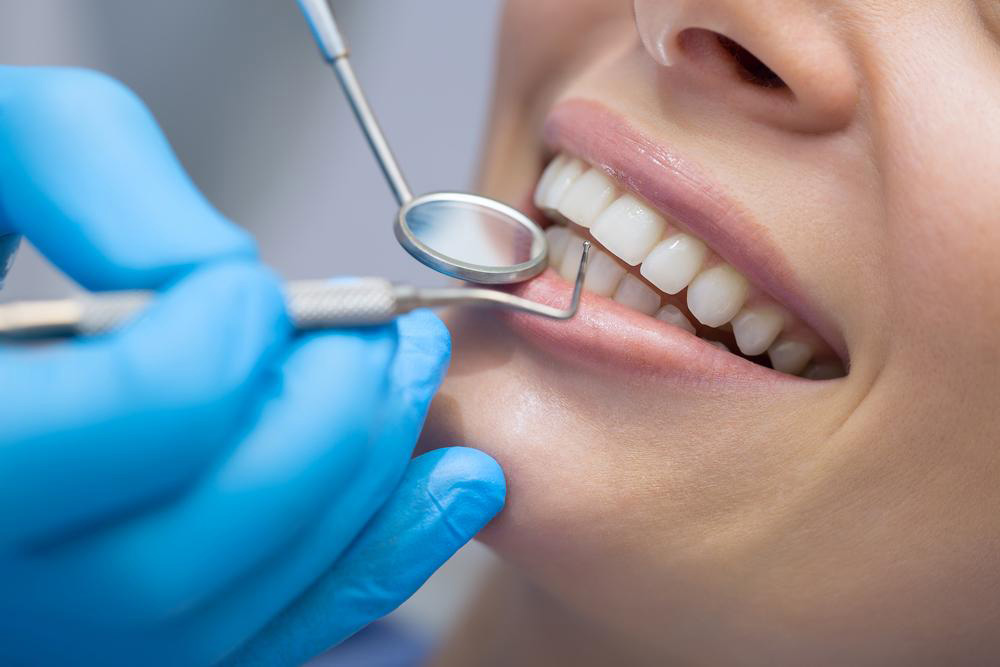Comprehensive Guide to Dental Implant Costs: Key Factors and Benefits
This comprehensive guide explores the costs, types, and benefits of dental implants. It provides insight into the factors affecting pricing, different implant options, and why they are a long-term solution for missing teeth. Learn how modern techniques make implants more affordable and effective, and discover what to consider when planning your dental restoration journey. Perfect for those seeking durable and natural-looking tooth replacement options, this article clarifies the financial and health advantages of dental implants.

Comprehensive Guide to Dental Implant Costs: Key Factors and Benefits
Dental implants have revolutionized the field of dental restorations by providing a durable and natural-looking solution for missing teeth. The procedure involves surgically inserting titanium fixtures into the jawbone, which act as artificial tooth roots. Once integrated with the bone—a process known as osseointegration—these fixtures serve as a stable foundation upon which custom-made crowns, bridges, or dentures are securely attached. This method not only restores the functionality of your natural teeth but also enhances overall facial aesthetics, maintaining the structure and youthfulness of your face.
While dental implants are widely preferred for their permanence and natural appearance, it's important to understand that they come with varying costs depending on numerous factors. Compared to traditional dentures, implants generally involve a higher initial investment but offer longer-lasting benefits and fewer adjustments over time. When considering dental restoration options, patients often weigh the costs against the advantages of improved comfort, function, and aesthetics.
There are generally two primary types of dental implants used in restorative dentistry:
Endosteal Implants: These are the most common type, surgically placed directly into the jawbone. After placing the implant, a healing period of several months is required to allow osseointegration. Once the implant has fused with the bone, an abutment is attached, and a crown or bridge is placed on top to restore the missing tooth or teeth.
Subperiosteal Implants: These are placed on or above the jawbone beneath the gum tissue. Subperiosteal implants are typically reserved for patients who lack sufficient jawbone height for traditional implants and often require less invasive procedures.
Both implant types aim to provide a sturdy foundation for artificial teeth, restoring natural biting, chewing, and speaking functions with high precision. The choice between them depends on individual medical conditions, bone density, and specific dental needs.
Advantages of Dental Implants:
Provide a natural feel and look, restoring aesthetic appeal.
Enhance facial symmetry by preventing bone loss and sagging associated with missing teeth.
Offer a lifelong solution with proper care and maintenance, unlike dentures which may require replacement or refitting over time.
Enable better chewing efficiency and speech clarity.
Minimally invasive procedures are now possible using current technology, reducing pain and recovery times.
Cost Overview and Financial Considerations:
The overall expense of dental implant procedures can vary considerably across different regions, clinics, and individual patient needs. On average, the full cost of a dental implant—including the fixture, abutment, and crown—ranges from approximately $3,000 to $5,000 per implant. For those needing replacements for multiple teeth, the expenses can escalate, often overlapping with the costs associated with full arch restorations.
For a single implant, prices tend to fall between $1,000 and $3,000, influenced by the materials used, clinic reputation, and geographic location. Multiple tooth replacements or full-mouth restorations (such as All-on-4 or All-on-6 systems) can range from $7,000 to $90,000 or more, with an average around $34,000. Additional expenses typically include consultations, diagnostic imaging (X-rays and CT scans), anesthesia, extractions, and post-operative care.
Factors that significantly influence the total cost include the choice of implant brand, material quality, complexity of the placement procedure, geographic location, and the experience of the dental surgeon. Insurance policies often provide limited coverage for dental implants, with some plans only reimbursing portions of the costs or covering related procedures like extractions or diagnostic scans.
Thanks to technological advancements, many clinics now offer minimally invasive techniques that can shorten recovery times and reduce discomfort. Patients are encouraged to consult with qualified dental specialists to develop tailored treatment plans that align with their financial circumstances and dental health goals. Overall, dental implants remain one of the most effective, durable solutions for restoring missing teeth—a worthwhile investment in both health and confidence.





